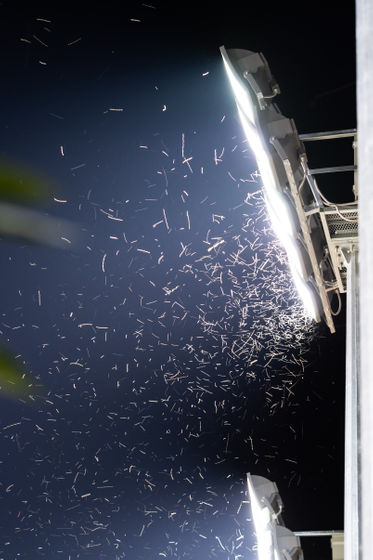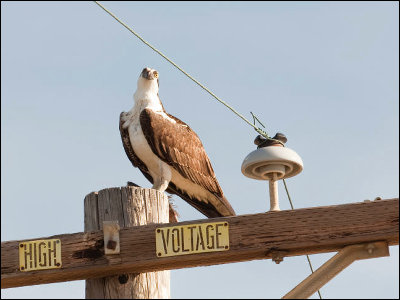``Why are insects attracted to light?'' Is clarified by research using a high-speed camera

In Japan, there is
Why flying insects gather at artificial light | bioRxiv
https://doi.org/10.1101/2023.04.11.536486
Why are insects attracted to artificial lights?
https://www.livescience.com/animals/insects/why-are-insects-attracted-to-artificial-lights
Why Are Insects Drawn to Light? A Perennial Question Gets a New Answer. - The New York Times
https://www.nytimes.com/2023/04/27/science/moths-to-a-flame-insects-light.html
Many theories have been proposed so far because the `` light trap '' in which insects are caught in light is a familiar phenomenon that was mentioned in the Roman Empire era in the first century AD. Among them, there are two major theories. One is the 'lunar navigation hypothesis,' which states that insects mistake light for a celestial body such as the moon and use it as a reference for direction. This is the ``escape to light hypothesis,'' which assumes that worms have a habit of aiming for light leaking through gaps in leaves and bushes.
There are various other theories, such as the theory that they like to be warmed by heat radiation from light sources, and the theory that they are blinded by the glare of artificial light. Since it is not easy to observe the appearance of , it has remained a hypothesis until now.

In this study, published on the preprint server bioRxiv, a research team from Imperial College London and Florida International University used a high-speed camera to capture insects such as moths and dragonflies flying around lights. . As a result, it was found that the flight patterns shown by insects that encountered light could be classified into three types.
The first is the ``orbital action (left)'' that continues to circle the light source against the light from the side, and the second is the ``stall action (left)'' that suddenly rises and loses speed when the light source is overhead. Center)', the third is 'reversal action (right)' that swoops toward the ground after passing over the light source.

Of particular note is that the insects were always trying to turn their backs to the light in any behavioral pattern. Such behavior seen in some insects and fish is called 'Dorsal Light Response'.
Based on this result, the research team that tested the major hypotheses so far found that the behavior of insects flying with the light behind did not match any of the hypotheses. First, the insect flew with the light behind it instead of aiming at it, so the 'escape to light' hypothesis is denied. Also, according to the ``lunar positioning'' hypothesis, insects should follow a spiral trajectory toward the light source. is.
From this point of view, the research team said, ``In the end, it seems that the phenomenon of insects being caught in light can be explained most simply by the dorsal reflex. It explains why various insects are attracted to light.'

Insects that fly in the air have acquired this backlight reflex to quickly sense up and down directions. Humans with a sense of balance can rely on gravity to figure out which direction is up and which direction is down, but for insects flying at high speed, the direction they are pulled is not always down. . Therefore, it is thought that insects acquire a sense of direction by recognizing that the bright direction is upward and the dark direction is downward.
Avalon Owens, a researcher at Harvard University who was not directly involved in this research, told the scientific news site Live Science, ``Bugs use gravity to find out where their bodies are. It's hard to know, because for them flying is like we're swimming in water: when artificial lighting appears there, half of the world lit up suddenly expects It will be a different place,' he commented.
According to Mr. Owens, light not only catches insects, but it can also hinder the growth of larvae, interfere with the emission of fireflies, and narrow the habitat of insects that are not good at light. . Therefore, Mr. Owens said, 'The most effective way to solve this problem is to always turn off the lights.'
However, turning off the city lights to complete darkness is not a very practical solution. In this study, we also found that compared to lighting that emits light upward or horizontally, lighting that projects directly downward has the least effect on insects. The findings are in line with scientists' longstanding claim that downward lighting should be used to illuminate only the ground to reduce light pollution.
Yash Sondi of Florida International University, one of the authors of the paper, said, ``If you put the light up on the floor, the insect will fall upside down and fall.So don't turn the light up. It's also a good idea to use lights that are closer to red than blue and turn off outdoor lighting as much as possible, considering insect vision.'
Related Posts:







